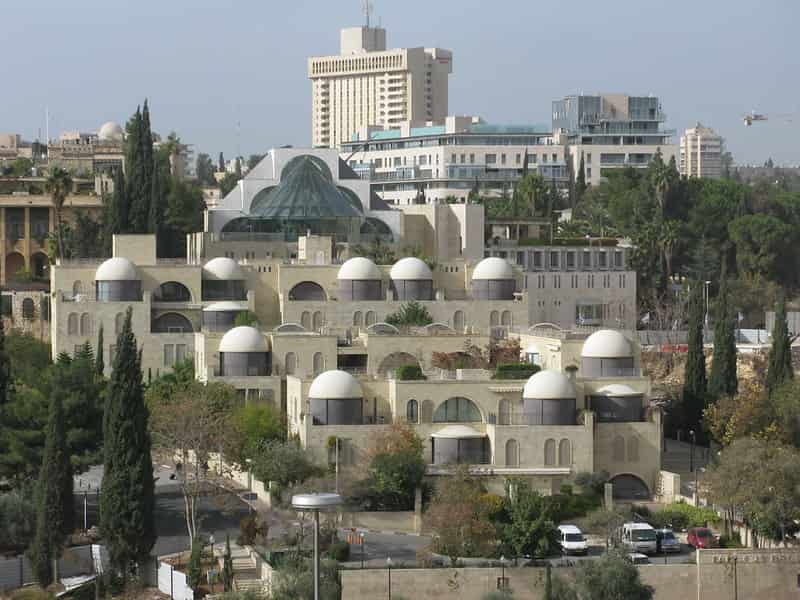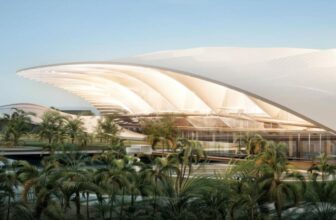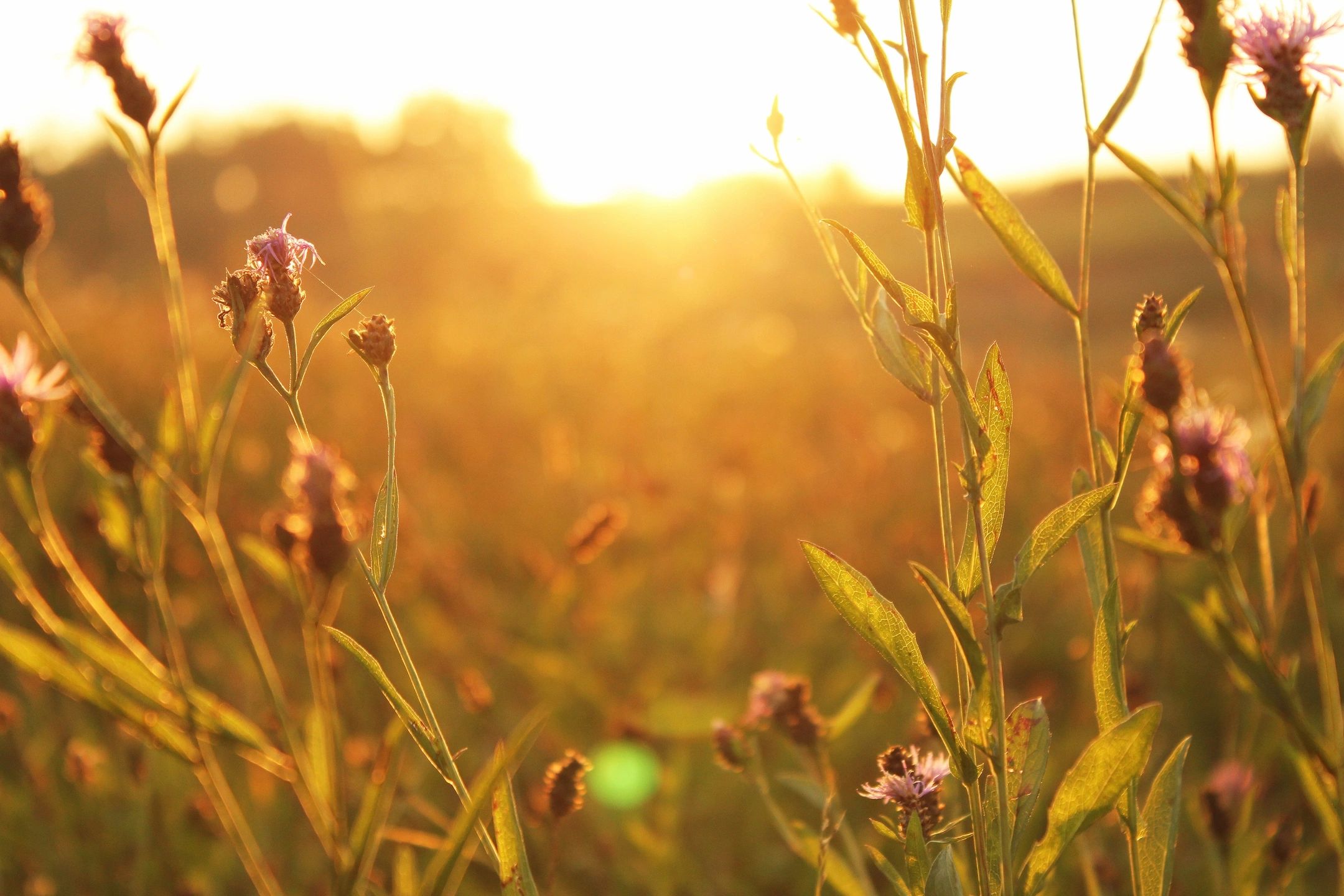
The Israeli-Canadian architect Moshe Safdie is one of the pioneers of the concept of “Community Inclusive” Design. He proved that architecture is more than the mere erecting of structures. Architecture is a phenomenon that renders quality to the built spaces. It also has the power to bring together communities through spaces and their quality of inclusivity. Moreover, architect Moshe Safdie had an experimental approach to design and came up with solutions that were aesthetic as well as functional.
Safdie is not known to have a typical style of design. Instead, each of the Moshe Safdie buildings has a unique concept. His styles evolve with his projects. This is very evident from the range of his works with varying genres of architecture-specific and unique to each of his projects. Therefore, be it the Jewel Changi Airport with a Biophilic Design approach or The Habitat 67, with the Metabolist approach; architect Moshe Safdie managed to retain the individual uniqueness across all his works.

Architect Moshe Safdie & His thought process
Safdie has an unusual and unique approach to design. However, there has to be a thought process that he follows to make his designs so progressive. Below mentioned projects and design ideologies reveal the following as the approach that forms a part of Moshe Safdie projects.
The core of the design must resonate with the project’s position in civic life.
Safdie has an immense contribution to the realm of institutional and region-specific projects. His designs have been so progressive and yet deeply rooted in the communal and regional fabric, that have gone on to become regional icons today.
Even the smallest of the design details in moshe safdie structures contribute to the overall scheme and motive of the design.
His structures along with the shared spaces like the open spaces, landscape areas etc. contribute to a built ecology thereby benefitting the urban fabric. This has led to a beneficial blurring of lines between architecture and urban design.
Design parameters define aesthetics.
Moshe Safdie’s projects always complement the site conditions, the geographic location, cultural context, and heritage value. This results in the evolution of an aesthetic that is unique and appropriate to each of the designs.
Architectural model making helps design evolve better.
Each of Moshe Safdie projects begins with scale models of the site and the vicinity and he works with a range of different scale models. Though this is quite rare today, He still believes that the key to design growth lies in visualizing designs through scale models.
Ideologies of Architect Moshe Safdie
- Dramatic curves and series of geometric forms are the key design features of architect Moshe Safdie. Though each of his works enjoys a unique identity, the use of windows and open green spaces are among the common aspects of his design. He believes that spaces must be ‘meaningful’ and contribute to community well-being.
- Despite having a modernist approach towards design, he also had a side that made sure that the local value and cultural significance is not lost in the process of architecture. Safdie’s works can be best referred to as “out of the box”. It would be extreme injustice to categorize his works into genres. No doubt, Moshe Safdie’s buildings are Modern. or Metabolist, or even critically regional at times.
- Nevertheless, the most important factor is, his works were relatable and responsive to the masses and the community. Moshe in an interview once said, “Architects need to respond to climate change by being more versatile”. Besides, it is indeed very appropriate to be versatile and evolve our design ideologies around the changing climate. Therefore, he too is seen incorporating adaptable spaces into most of his projects. He believes that as climate change is affecting us on a day-to-day basis, we must change our approach towards architecture. We must now look into the concept of ‘Convertible’ Spaces.
- Moreover, architect Moshe Safdie also believes that we need to stop looking at landscapes areas and gardens as outdoor commercial environments. He considers them as a part of mainstream architecture. The best example of this is Safdie’s Sky Habitat Tower in Singapore. The project enjoys generous balconies and landscaped spaces on multiple levels, thus redefining the concept of open and green spaces.

Masterpieces by Architect Moshe Safdie
The magic of community-inclusive architecture lies in architect Moshe Safdie’s projects. Here is a deep insight into some of his most unconventional yet famous projects:
1. The Abrahamic Family House, Saadiyat Island Cultural District
Location: Abu Dhabi, UAE
Building type: Cultural
One of the most abstract designs among the Moshe Safdie buildings is The Abrahamic Family House. With an ideology of integration of different cultural and religious diversity, The Abrahamic Family House in Abu Dhabi is conceptualized to bring together a mosque, a synagogue, and a church. The collaboration of these three institutions sits in the backdrop of a shared public park. Though this project is unbuilt, still holds an important position. The reason being, this project is highly experimental and gives us a new perspective on the imagery of religious institutions. Think of a mosque, a synagogue, and a church, I am sure you all have already registered typical imagery of the three in our minds. However, look at Safdie’s impression. The imagery designed by him is highly abstract and at the same time preserves the history, traditions, and rituals specific to these institutions.
It is designed to be floating on the water, shimmering in the light and rising towards the sky. The reflections of these built forms in the pond and the part of the structure rising towards the sky add a sense of play. This also depicts an abstract idea of rising towards heaven in peace and tranquillity.

2. Marina Bay Sands – Art & Science Museum
Location: Singapore
Building type: Museum / Cultural
All of architect Moshe Safdie’s structures tell their stories through their imagery and space organization. The Marina Bay Sands Museum is one such structure by Safdie. The form of the structure and the pattern of the spaces here depict the union of Art and Science. The museum spaces pour out of a central open atrium and the convex curved form of the building induces a feeling that is indeed floating above the promenade.
The construction of this magnificent structure involves a steel lattice diagrid system that supports the ‘floating’ centrepiece. The facade here is clad with fibre-reinforced polymer, also known as FRP. The imagery here is a modern adaptation of the traditional forms of Lotus.

3. David’s Village
Location: Jerusalem, Israel
Building type: Residential – Community Housing.
A single glance at this creation of architect Moshe Safdie brings images of The Habitat 67 in our minds. The reason being, Habitat 67 was a very unique concept of community housing put forward by Moshe. However, one of his similar works remains quite unexplored by the masses. Yes, it is David’s Village. A residential scheme designed by Safdie on the quite similar concept of Habitat 67. The project was curated for a community in the Hinome Valley in Mamilla Center. It is a unique arrangement of 200 terraced luxury housing units.

The project emphasizes the pedestrian amenities like walkways, gardens, and community gathering spaces. However, the Key feature here lies in how Safdie incorporated this modern-day adaptation of Village housing into the historic fabric of Jerusalem.





